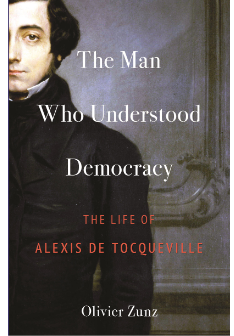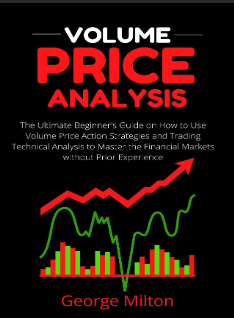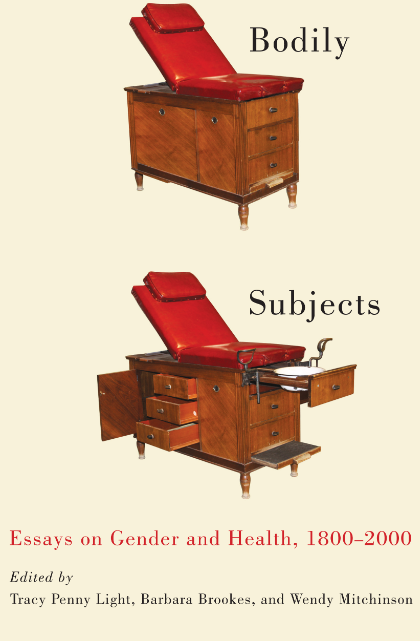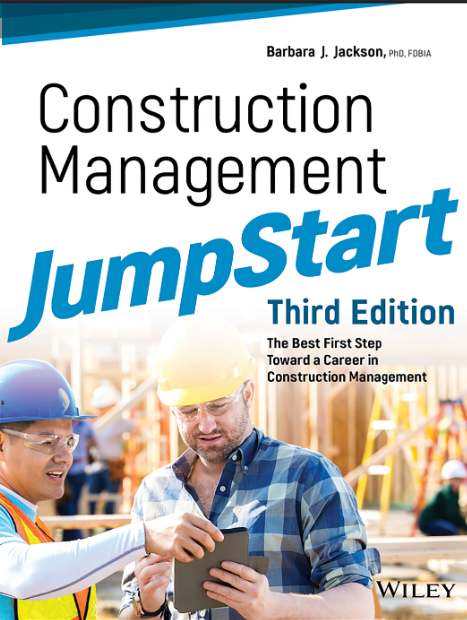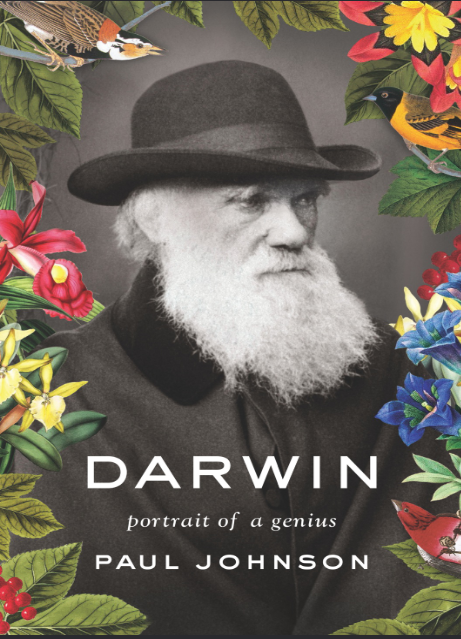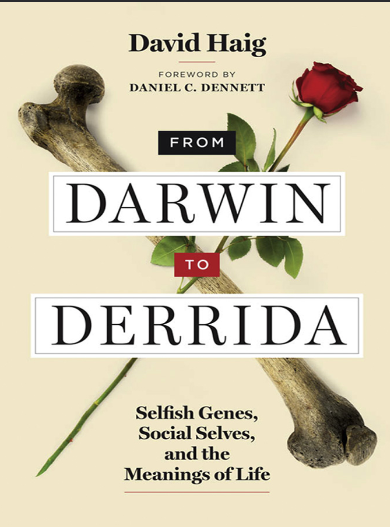موضوعات
آموزش و پرورش
ادبیات و زبان
پزشکی، دندانپزشکی و داروسازی
تاریخ و جغرافیا
داستان و رمان
دیگر
دین و فلسفه
روانشناسی
ریاضیات و آمار
سلامتی، تناسب اندام و رژیم غذایی
شیمی و پلیمر
علوم اجتماعی و حقوق
علوم زیستی و بیوتکنولوژی
فیزیک و نجوم
کامپیوتر و اینترنت
کتابهای کودکان و داستان
کسب و کار و اقتصاد
کشاورزی و دامپزشکی و غذا
معماری
مهندسی و فناوری
هنر و تئاتر
محصولات
Blockchain Technology and Emerging Technologies - Original PDF
نویسندگان: خلاصه: ID-Based Self-encryption via Hyperledger Fabric Based Smart Contract Ilya Grishkov1, Roland Kromes1(B), Thanassis Giannetsos2, and Kaitai Liang1 1 Cyber Security Group, Delft University of Technology, Delft, The Netherlands I.Grishkov-1@student.tudelft.nl, {R.G.Kromes,Kaitai.Liang}@tudelft.nl 2 Ubitech Ltd., Digital Security and Trusted Computing Group, Athens, Greece agiannetsos@ubitech.eu Abstract. This paper offers a prototype of a Hyperledger Fabric-IPFS based network architecture including a smart contract based encryp- tion scheme that meant to improve the security of user’s data that is being uploaded to the distributed ledger. A new extension to the self- encryption scheme was deployed by integrating data owner’s identity into the encryption process. Such integration allows to permanently pre- serve ownership of the original file and link it to the person/entity who originally uploaded it. Moreover, self-encryption provides strong security guarantees that decryption of a file is computationally not feasible under the condition that the encrypted file and the key are safely stored. Keywords: Blockchain · IPFS · Self-Encryption · Security · Hyperledger Fabric 1 Introduction The modern world is increasingly adopting blockchain technology. The first major market adoption of blockchain happened in 2009 when Bitcoin was introduced [12]. Interest in blockchain solutions grew over the years and lead to the invention of Ethereum - Bitcoin peer but with support for smart contracts which are digital codes enabling the description of complete business logic [1]. The introduction of smart contracts leads to further development in the field of blockchain and cre- ated demand for more industry-friendly solutions that allow to identify users of the system (Know-Your-Customer, Anti-Money-Laundering). Hyperledger Fab- ric was then introduced as a highly modular permissioned blockchain that allows great customization to suit particular industrial needs [3]. Given its customizabil- ity and modularity, Hyperledger Fabric (HLF) is a perfect platform for extending it with various trust and privacy preservation solutionsRegulation of Cryptocurrencies and Blockchain Technologies National and International Perspectives Second Edition - Original PDF
نویسندگان: خلاصه: Uncovers the key actors in digital technology while showcasing the benefits and risks of digital currencies Takes a critical look at the most up-to-date federal, state, and international regulation of virtual currency Explores the creation of stablecoins and governments issuance of their own versions of digital currenciesThe Man Who Understood Democracy - Epub + Converted PDF
نویسندگان: خلاصه: Go back in time. Examine the babe when still in its mother’s arms. See the external world reflected for the first time in the still-dark mirror of his intelligence. Contemplate the first models to make an impression on him. Listen to the words that first awaken his dormant powers of thought. Take note, finally, of the first battles he is obliged to fight. Only then will you understand where the prejudices, habits, and passions that will dominate his life come from. In a manner of speaking, the whole man already lies swaddled in his cradle.1 Alexis de Tocqueville made these observations in Democracy in America to explain his rationale for studying America’s “point of departure.” Of course, the beginning is also where the biographer must start. For the young Tocqueville, that external world was dominated by figures from the highest military and administrative nobility of the Ancien Régime, survivors of the Revolutionary Terror, loyal to the exiled Bourbons, and dead set against the liberal views Tocqueville himself would eventually embrace. Presaging this divergence, Tocqueville displayed considerable independence of mind at an early age, and he repeatedly flouted expectations. At the same time, he developed the habit of casting doubt on much of what he did and sawAssistive Technologies and Environmental Interventions in Healthcare - Original PDF
نویسندگان: خلاصه: The changes we have all seen in technology and corre spondingly with assistive technology in the past 10 years are mind‐boggling. Futurist and inventor Ray Kurzweil (2000) stated early in the twenty‐first century that com puters are 100 million times more powerful than they were 50 years ago. The exponential growth of computer capacity that Kurzweil and others predicted in the late 1990s continues to advance and has the potential for improving all aspects of life (Diamandis and Kotler 2014). These exponential changes in technology make it hard to keep up with the latest innovations. For example, one of the chapter authors worked in an assistive technology laboratory in which serial port add‐ons to computers evolved into Universal Serial Bus (USB) ports rendering the former connections and their attachments obsolete within in less than five years. Currently, com puters no longer come with disk drives and all of the software one needs to load on the computer comes from the cloud. Vicente (2006) stated, “... more and more technology is being foisted upon us at a faster and faster pace” (p. 13). In addition, technology is clearly a necessary part of our lives. For many of us, it is difficult to remember a time when cell phones, laptops, or navigation devices were not available to those who could afford it. Furthermore, the convergence of multiple technologies into a single, small, handheld device such as a smart phone is common as part of our work and personal experiencesVOLUME PRICE ANALYSIS - Epub + Converted PDF
نویسندگان: خلاصه: Differentiation by market or asset class (index trading, stock trading, currency trading, futures trading). Differentiation according to investment horizon (from the ultra-short-term sequence of trading decisions every minute, as in high-speed trading, to medium- to long- term investing position trading). Differentiation according to signal providers and methods (triggers for buying or selling a position; examples are trading according to chart techniques, trading according to indicator signals, news trading, medium-term trading according to fundamental data and so on).Bodily Subjects Essays on Gender and Health, 1800–2000 - PDF
نویسندگان: خلاصه: Constant good health is a chimera: the thing we all want, don’t notice when we have it, and mourn when we lose it. Being “healthy” is also something that women and men “do” in different ways. 1 The authors in Bodily Subjects all explore the historical entanglement between gender and health to expose how women and men “did” health in a variety of locations, from the nineteenth-century English Poor Law Union of Stourbridge, an early twentieth-century Aboriginal reserve in Queensland, Australia, to A I D S activists on the streets of Toronto in the 1990s. Our volume takes as its subject how gender is integral to the understanding of health and the way its meaning is embedded in cul- tural contexts connected to place and time. Our title reflects the way in which the body is both a subject of inquiry and a phenomenological experience. There is no “I” without a body and that body, Foucault has argued, is subject to regimes of power. 2 The title, Bodily Subjects, then, should be read in two ways. First, it re- fers to the embodied meanings of health for men and women and how these have expanded over time, from an able body signifying health in the nineteenth century to concepts of “well-being,” a psychological interpretation, which came to dominate health discourse in Western countries by the late twentieth century. Second, it refers to the way in which ill health turns individuals into subjects of the medical gaze. Medical expertise is brought to bear in diagnosing and treating indi- viduals in ways that are seen through the lens of genderConstruction Management JumpStart The Best First Step Toward a Career in Construction Management (3rd Edition) - Original PDF
نویسندگان: خلاصه: Introduction Congratulations! You are about to embark on an adventure. This book is about the processes, the people, and the practices that we call construction management—a term and a profession that may be unfamiliar to many people. Construction, as most individuals understand it, is an activity or a series of activities that involves some craftspeople, building materials, tools, and equip- ment. But you will learn that there is a great deal more to it than that. If you think that construction is all about brawn and not much about brains, then you probably haven’t been paying very close attention to what has been going on in the built environment in the past several decades. Buildings today can be very complicated, and the building process has become extremely demanding. It takes savvy professional talent to orchestrate all of the means and methods needed to accomplish the building challenge. This book’s focus is not on construction per se. Its focus is on the construction process and those individuals who manage that process. Construction manage- ment involves the organization, coordination, and strategic effort applied to the construction activities and the numerous resources needed to achieve the building objective. Construction management combines both the art and science of building technology along with the essential principles of business, management, computer technology, and leadership. Construction management as a profession is a relatively new concept, which may explain why you have not heard of it before. Up until the 1960s, the management tasks associated with large construction projects were typically handled by civil engineers. But in 1965, faculty from nine universities gathered in Florida to form the Associated Schools of Construction. What started as a movement to upgrade the status of construction education at universities evolved into a standardized construction management curriculum leading to an exciting new career choice, one for which there was increasing demand. Men and women who love the idea of transforming a lifeless set of plans and specifications into something real—a single-family home, a high-rise office building, a biotech facility, a super highway, or a magnificent suspension bridge—had found an educational program that provided both the academic course work and the practical management tools needed to plan, organize, and coordinate the increas- ingly complex construction process. If you are one of the many individuals who desire the intellectual challenges of architecture, engineering, technology, and business, yet long to be outside in the thick of things, getting your hands dirty and ultimately producing a tangible result—something of lasting value—then construction management might just be the ticket for youDarwin: Portrait of a Genius by Paul Johnson - Epub + Converted PDF
نویسندگان: خلاصه: All his life, Charles Darwin believed that inheritance was much more important in shaping a man or woman than education or environment. Nature rather than nurture was formative, in his view. Though he knew nothing of the science of genetics, and never used the word gene, which is first recorded in English in 1911, more than a quarter- century after his death, he is a classic case of genetic inheritance. Indeed, two of his grandparents and his father can reasonably be classified as geniuses. His paternal grandfather, Erasmus Darwin (1731–1802) came from an old family of modest landowners. After Cambridge, he trained as a doctor in Edinburgh, and then practiced in Litchfield, Dr. Johnson’s town (they did not get on). He was successful and had many patients, easily earning £1,000 a year, a handsome income then. News of his skill reached the ears of George III, who invited him to come to London as the royal doctor. But Dr. Darwin declined. The Hanoverian royals were slow at paying their doctors. In any case, Darwin was happy as he was, combining a busy provincial practice with poetry and science. The symbol of this dualism was his coach, which he designed himself. It was fitted up with a writing desk, a skylight, and a portion of his library, so that he could carry on his intellectual pursuits while going on his daily round of professional calls.From Darwin to Derrida Selfish Genes, Social Selves, and the Meanings of Life - Epub + Converted PDF
نویسندگان: خلاصه: Evolutionary theory can be a nasty business. Perhaps it has something to say about human nature. Most scientifically respectable evolutionary theories wear garments of math. I think of mathematical models as disciplined metaphors. We use x to represent something in the world, say slugs, and y to represent something else, say lettuces, then we analyze the relation of x to y using mathematics. We imagine that slugs and lettuces behave like x and y in the model, and then we use how x and y behave in the model to understand how slugs and lettuces behave in the world. Nobody can argue with mathematical models—that is one of the points of using mathematics—but there can be endless arguments about what you put into a model and what you leave out, and endless arguments about what the model means, because metaphors can be interpreted in many ways. I am not criticizing the use of metaphors—far from it, they are essential. All that we know about the world is metaphor. Our perceptions are a virtual reality, not the thing in itself but something that stands in the place of the thing. Phenomena are metaphors used to comprehend things. Don’t worry, this book contains almost no mathematics; but, if you don’t like metaphor, then this is probably a good time to return the book and ask for a refund.How to Become a Real Estate Agent in the Fastest Way Possible - Epub + Converted PDF
نویسندگان: خلاصه: How to Become a Real Estate Agent in the Fastest Way Possible Introduction In a world where passive income has become the order of the day, the real estate market offers a wide range of opportunities for you to gain that financial freedom and become your own boss. Several people entered the world of real estate from various occupations and stages of life. This may be due to the industry’s continual growth, creation of job opportunities, and provision of financial freedom. Compared to other types of investment, real estate ranks as one of the most stable, profitable, and least risky investments. Real estate is prominent because it offers variety. You don’t get to do the same thing every day. You get to work with clients and visit various homes in other locations. Plus, you get the satisfaction you get after helping out buyers and sellers. No matter the economic conditions, shelter is a necessity. People will always need a place to live or work, and this translates to the constant need for real estate. It never goes out of demand. However, you often hear ‘real estate market’ and think of flipping houses or renting houses to tenants. Although these fall under the real estate radar, there is so much more to it, and this book will provide insight into them. Being a real estate agent is a dream job. As all other jobs come with their own requirements and challenges, the real estate market also has its own challenges. However, with an extensive knowledge base, knowing the basic principles and strategies can make maneuvering the process much easier. Whether you are a newbie or an expert with years of experience in the art of real estate, this book will serve as a reliable guide for you.آیا کتاب مورد نظر هنوز بر روی سایت قرار نگرفته است؟ جای نگرانی نیست! کافی است بر روی گزینه سفارش کتاب کلیک کرده و درخواست خود را ثبت کنید. در کمتر از چند ساعت کتاب شما را آماده خواهیم کرد.


